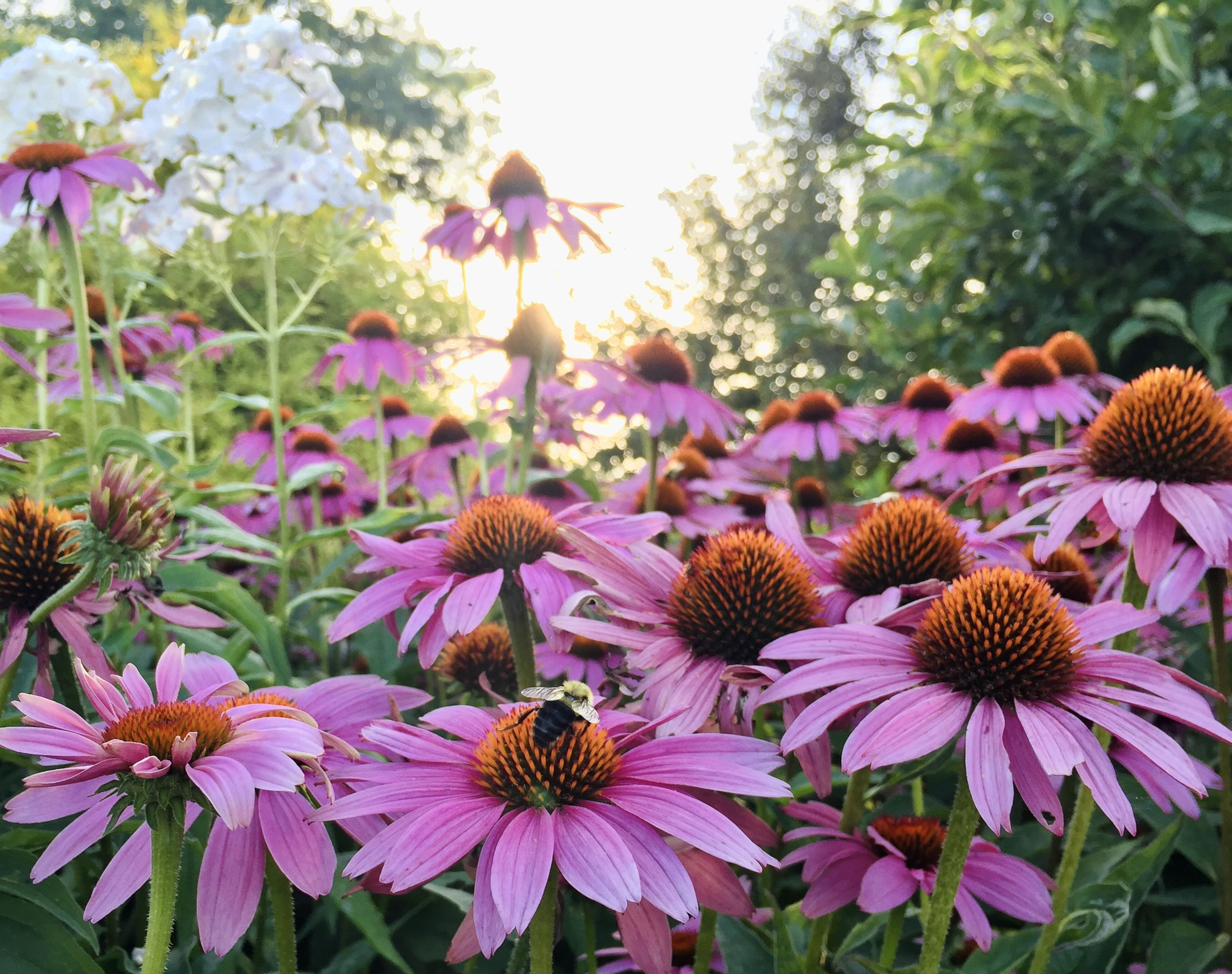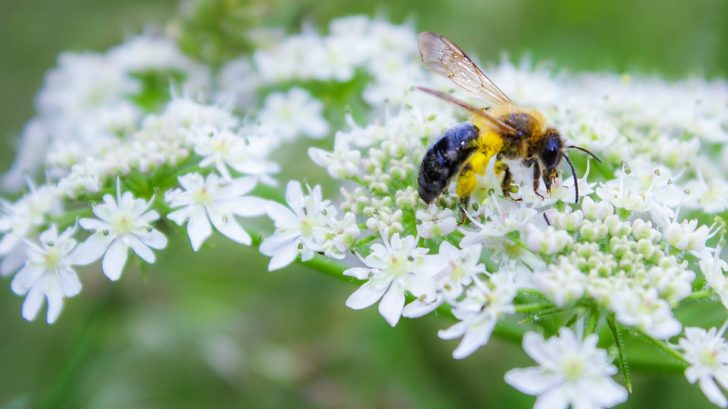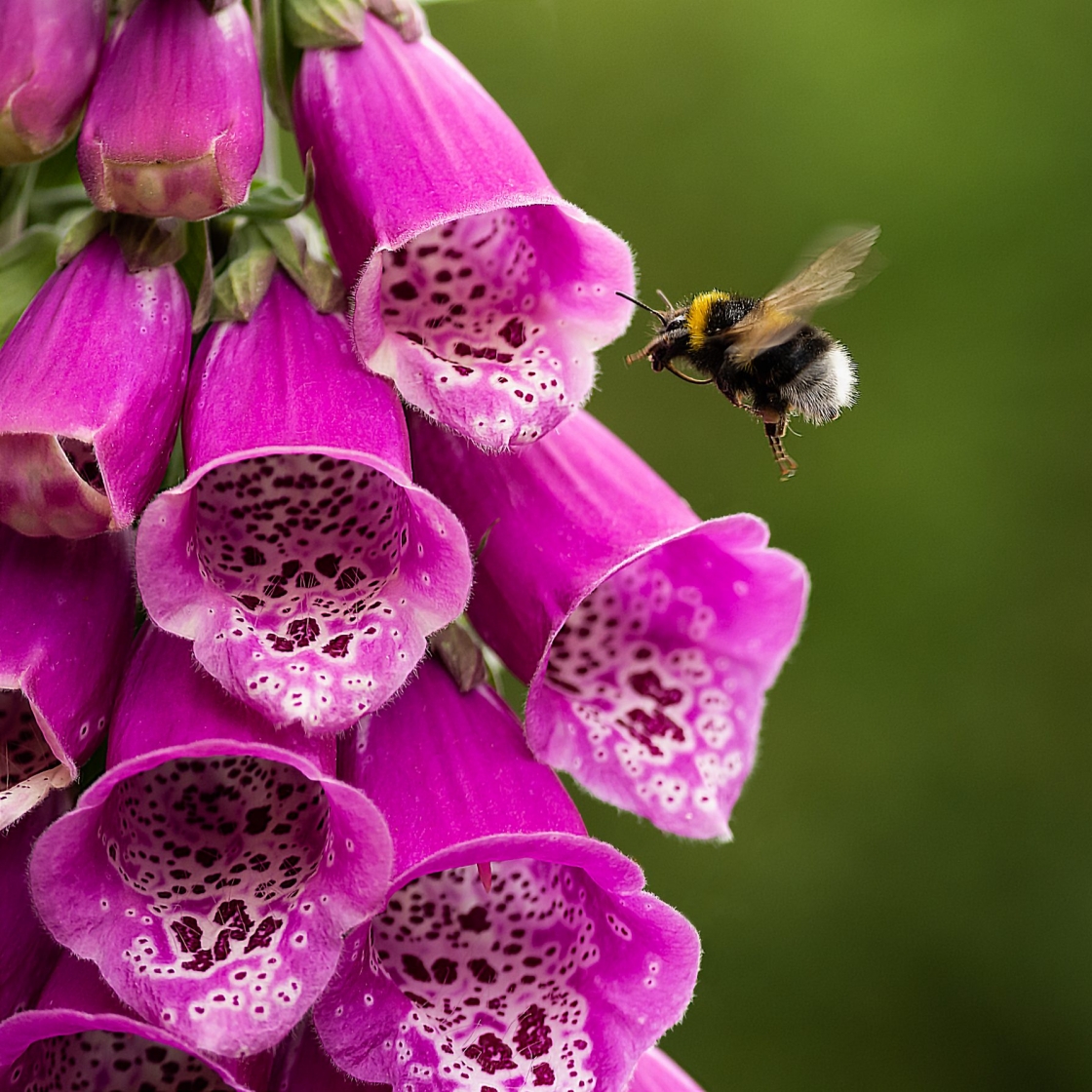Attract Pollinators: Best Flowers for Your Garden

Imagine stepping into your garden and being greeted by a symphony of buzzing bees, fluttering butterflies, and the gentle hum of hummingbirds. This isn't just a dream; it's a reality you can create by choosing the best flowers for pollinators. Transforming your outdoor space into a pollinator-friendly haven not only supports local wildlife but also ensures a thriving, vibrant garden. Let's dive in and discover the top flowers that will make your garden a magnet for these essential visitors.
The Importance of Pollinator-Friendly Gardens
Pollinators play a crucial role in our ecosystem. They help plants reproduce by transferring pollen from one flower to another, ensuring the continuation of plant life and the production of fruits and seeds. By creating a pollinator-friendly garden, you're not just beautifying your space; you're contributing to the health of the environment.
Top Flowers for Attracting Pollinators
Bee-Friendly Flowers
Bees are the superheroes of the pollinator world. They are responsible for pollinating a significant portion of the world's crops. To attract these industrious insects, consider planting the following bee-friendly flowers:
- Lavender: Known for its fragrant purple blooms, lavender is a magnet for bees. Its nectar is highly attractive, making it a favorite among pollinators.
- Sunflowers: These towering giants with their vibrant yellow petals are not only beautiful but also provide a rich source of nectar and pollen for bees.
- Coneflowers: Also known as Echinacea, coneflowers come in a variety of colors and are highly attractive to bees due to their large, open blooms.
Butterfly-Attracting Plants
Butterflies are not only beautiful to watch but also play a vital role in pollination. Here are some plants that will make your garden a butterfly paradise:
- Milkweed: This plant is essential for the lifecycle of the Monarch butterfly. It provides both nectar for adult butterflies and food for their caterpillars.
- Butterfly Bush: As the name suggests, this plant is a favorite among butterflies. Its long, cone-shaped clusters of flowers provide ample nectar.
- Asters: These daisy-like flowers come in a variety of colors and are a favorite among butterflies, especially in the fall.
Flowers for Hummingbirds
Hummingbirds are fascinating creatures that add a touch of magic to any garden. Here are some flowers that will attract these tiny, vibrant birds:
- Trumpet Vine: With its bright orange, trumpet-shaped flowers, this vine is a favorite among hummingbirds.
- Bee Balm: This plant produces vibrant red, pink, or purple flowers that are highly attractive to hummingbirds.
- Salvia: This plant comes in a variety of colors and is known for its long-lasting blooms, making it a favorite among hummingbirds.
Creating a Wildlife Garden
Creating a wildlife garden is about more than just planting flowers. It's about creating a habitat that supports a variety of creatures. Here are some tips to help you create a thriving wildlife garden:
Provide Water
All creatures need water to survive. Adding a birdbath, pond, or even a shallow dish of water can attract a variety of wildlife to your garden.
Offer Shelter
Providing shelter is essential for attracting wildlife. This can be in the form of trees, shrubs, or even man-made structures like birdhouses and insect hotels.
Avoid Pesticides
Pesticides can be harmful to pollinators and other wildlife. Opt for natural pest control methods to keep your garden healthy and safe for all creatures.
Native Pollinator Plants
Planting native species is a great way to attract local pollinators. Native plants are adapted to the local climate and soil conditions, making them easier to grow and maintain. They also provide the specific food and habitat that local pollinators need.
Examples of Native Pollinator Plants
- Black-Eyed Susan: This daisy-like flower is native to North America and is highly attractive to bees and butterflies.
- Lupine: This plant produces tall spikes of colorful flowers that are a favorite among bees and butterflies.
- Goldenrod: This plant produces clusters of small, yellow flowers that are highly attractive to bees and butterflies.
Conclusion
Creating a garden that attracts pollinators is not only rewarding but also essential for the health of our ecosystem. By planting the best flowers for pollinators, you can transform your garden into a thriving haven for bees, butterflies, and hummingbirds. Remember, every flower you plant is a step towards a healthier, more vibrant world. So, what are you waiting for? Get planting and watch your garden come to life!
FAQs
-
What are the best flowers for attracting bees?
- Some of the best flowers for attracting bees include lavender, sunflowers, and coneflowers. These plants provide a rich source of nectar and pollen that bees love.
-
How can I attract butterflies to my garden?
- To attract butterflies, plant flowers like milkweed, butterfly bush, and asters. These plants provide both nectar for adult butterflies and food for their caterpillars.
-
What flowers attract hummingbirds?
- Hummingbirds are attracted to flowers like trumpet vine, bee balm, and salvia. These plants produce vibrant, trumpet-shaped flowers that hummingbirds love.
-
Why is it important to create a pollinator-friendly garden?
- Pollinators play a crucial role in our ecosystem by helping plants reproduce. Creating a pollinator-friendly garden supports local wildlife and ensures a thriving, vibrant garden.
-
What are some tips for creating a wildlife garden?
- To create a wildlife garden, provide water, offer shelter, and avoid pesticides. Planting native species is also a great way to attract local pollinators and other wildlife.


By following these tips and planting the best flowers for pollinators, you can create a garden that not only looks beautiful but also supports the health of our ecosystem. Happy gardening!
0 Response to "Attract Pollinators: Best Flowers for Your Garden"
Post a Comment